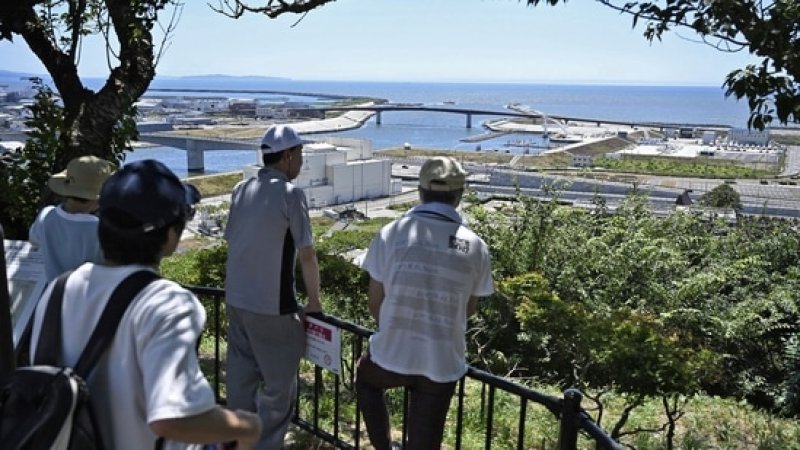
Update :Tsunami alerts issued for US, Japan, Philippines

Waves of up to 4 metres high (13 feet) struck Russia’s far-eastern Kamchatka region early on Wednesday, said Sergei Lebedev, the regional minister for emergency situations, following the 8.8-magnitude quake, one of the largest on record.
Severo-Kurilsk, a seaport town in the Sakhalin region, was flooded, forcing the evacuation of its 2,000 residents, Russia’s Ministry of Emergencies and Disaster Relief said.
Videos posted on Russian social media appeared to show buildings in the town submerged in water.
Potentially hazardous waves were expected in parts of the US, much of coastal Latin America and numerous Asian and Pacific island states later on Wednesday.
The US Tsunami Warning Centers said waves as high as 3 metres (9.8 ft) could hit Ecuador and Russia, while waves of 1 to 3 metres (3.3-9.8 ft) were possible in Hawaii, Chile, Peru, Costa Rica, Japan and some Pacific islands.
The US National Weather Service issued tsunami “warnings” for the state of Hawaii, Alaska’s Aleutian Islands and parts of California, as well as lower-level tsunami advisories for Oregon, with waves expected to arrive from the late afternoon on Wednesday.
A serious tsunami watch is in place for the entire US West Coast.
The Honolulu Department of Emergency Management in Hawaii urged the evacuation of residents in some coastal areas.
“Take Action! Destructive tsunami waves expected,” the agency said on X.
Hawaii’s Department of Transportation said that commercial flights had been suspended at the Hilo international airport to facilitate evacuations.
‘Tsunamis can strike repeatedly’
US President Donald Trump urged residents in Hawaii, Alaska, and along the Pacific Coast to pay attention to tsunami-related advisories.
“STAY STRONG AND STAY SAFE!” Trump said in a social media post.
Japanese authorities said they expected waves as high as 3 metres (9.8 ft) to hit some coastal areas.
People in coastal areas or along rivers should immediately evacuate to safe places such as high ground or evacuation buildings,” the Japan Meteorological Agency said in a statement.
“Tsunamis can strike repeatedly. Do not leave the safe location until the warning is lifted.”
Footage posted on social media showed residents of some Japanese coastal communities moving to higher ground.
Japanese Prime Minister Shigeru Ishiba urged the public to evacuate from affected areas.
Japanese media reported the arrival of the first waves, measuring about 30cm (1 ft) high, on the northern Japanese island of Hokkaido on Wednesday morning.
Japan’s Fire and Disaster Management Agency did not immediately report any damage or injuries.
Alerts were also issued for the Philippines, Indonesia and Taiwan.
The US Geological Survey (USGS) said the 8.8-magnitude quake, one of the biggest on record, struck 136km (85 miles) east of the city of Petropavlovsk-Kamchatsky in Russia’s far east.
The USGS revised the intensity of the quake up from an earlier estimate of 8.0.
Kamchatka Governor Vladimir Solodov said in a video posted on Telegram that the quake was the “strongest in decades”.
The regional health minister, Oleg Melnikov, told Russia’s state-run TASS news agency that several people had been injured in the quake, but none of them seriously.
Subsequent quakes of magnitude 6.9 and 6.3 were recorded 147km (91 miles) and 131km (81 miles) southeast of Petropavlovsk and Vilyuchinsk, respectively, in Russia’s far east, according to the USGS.
Robert Weis, a tsunami expert at Virginia Tech, said the tsunamis could potentially do serious damage.
“It is correct to be worried about this one,” Weis told Al Jazeera.


